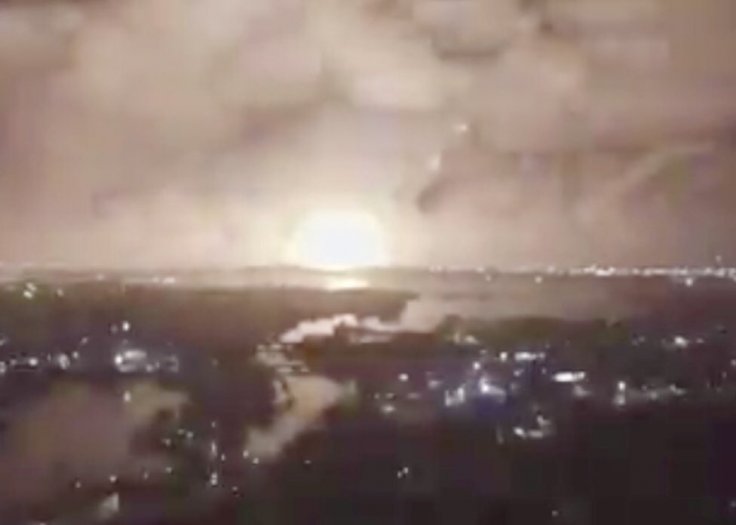In less than a week, there have been at least seven explosions in Iran and now there is a growing suspicion that a clandestine Israeli spy squad - Unit 8200 may have been behind the cyberattacks that in one instance led to a chlorine gas leak after a blast at a petrochemical factory.
Even though Israel has been stern in denying any sort of involvement in the "mysterious explosions" at Iranian nuclear sites, the Iranian government official believes otherwise.

Three of the blasts took place at power plants, one at missile research, development and production site, one at a new uranium enrichment centrifuge center, and one at a downtown Tehran at a medical facility that could have been a cover for nuclear operations such as a hidden command center.
According to a report in Asia Times, questions are now being raised whether the power plant facilities were hit by a virus named "the son of Stuxnet?"
Iran: Explosion at Petrochemical Factory Video
In 2010, Stuxnet, which is a computer virus was used to attack Iranian centrifuges at the Natanz nuclear facility. And Stuxnet was the handiwork of the Israeli Defense Force Unit 8200.
The most recent blast, which took place at the Zargan power plant in Ahvaz in Iran's southwest, near the Persian Gulf and the Iraqi border caused a chlorine gas leak.
At least, 70 workers of the petrochemical factory had to be hospitalized, Washington Post reported citing Iranian state agency IRNA. And once again the Iranians believe that all these explosions must have been carried out by none other than the IDF Unit 8200.
What is Unit 8200?
Amid the accusation that Israel was behind the explosions in Iran, there is a consensus that if it was indeed a cyberattack then it must have been carried out by Unit 8200, sometimes also referred to as Israeli SIGINT National Unit (ISNU).
Unit 8200 has been operational since 1952 and is on par with the United State's National Security Agency (NSA).
According to a Forbes report, only the best of the best "aged between 18- 21" are handpicked by the spy agency and often the recruitment for Unit 8200, which is a branch of the military intelligence tasked with cyber operations, is clandestine.
The Unit 8200 also found mention in the documents leaked to The Guardian, which published a report on September 11, 2013, that revealed how Unit 8200, referred to as ISNU, receives raw, unfiltered data of US citizens, as part of a secret agreement with the NSA.









